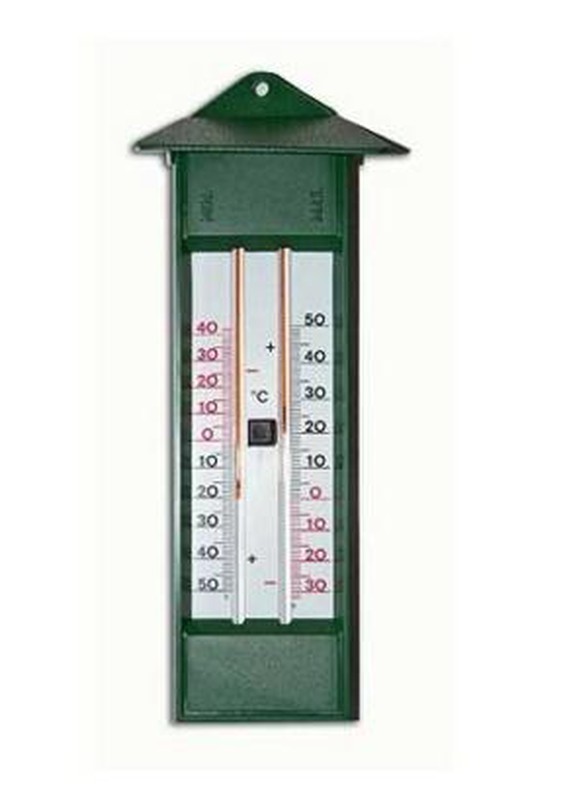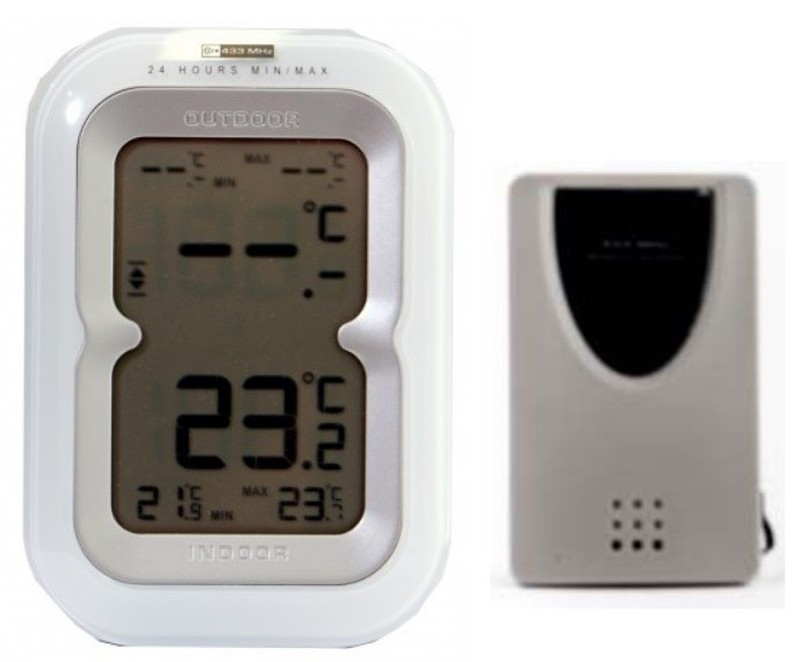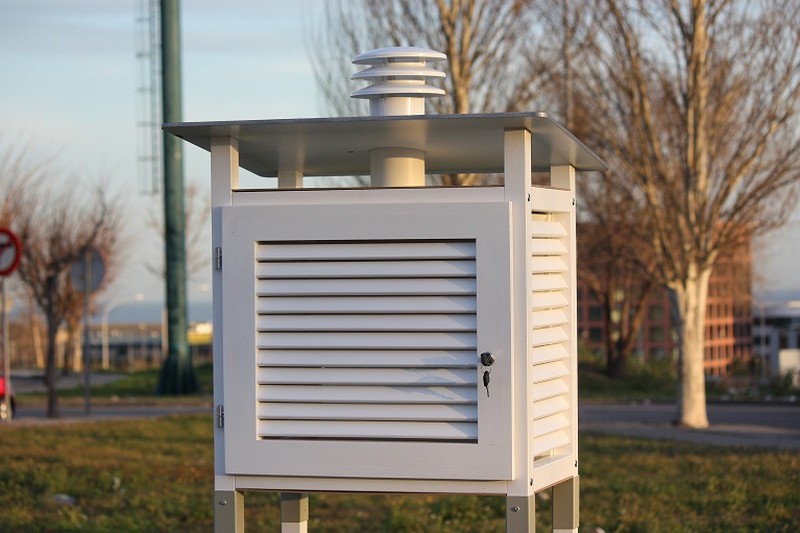Thermometers: doubts and problems
Sometimes everything does not go as planned and we find problems, mishaps and doubts about the use of indoor or outdoor thermometers

At the end of 2017, the European regulations came into force to withdraw instruments with mercury from all circulation. This led to the recall of all those mercury column thermometers and to being replaced by alcohol column thermometers.
The big problem with the alcohol column is the appearance of air bubbles that alter the temperature measurement, preventing vertical movement of the temperature. Faced with this problem, it may be that we solve it by vertically shaking the thermometer and rejoining the column, or that it cannot be repaired and we must return the thermometer for replacement.
These bubbles can appear during transport or due to a very high temperature contrast, especially if solar radiation overheats the thermometer.
In digital thermometers, the most common problem is poor transmission between the outdoor temperature sensor and the central unit or console. This mishap may simply be due to a pointless connection failure or a more important problem, both for the outdoor and indoor units.
First of all we should always check the condition of the batteries. Then an efficient tip is to put the sensor batteries first, and then, within a few seconds, the batteries for the central or indoor unit. We should also always check that the outer sensor channel and the inner channel coincide (1-1) (2-2) (3-3).
Once again we must insist on the location of the thermometers. We know that we are a bit heavy on this subject and we have already commented on it on several occasions, but it never hurts to recommend that any thermometer should be protected from the direct incidence of sunlight or solar radiation. This is valid for both analog and digital thermometers.
This protection can be achieved in two ways. The economic one: Putting the thermometer in a place always in the shade. The official one: placing the thermometer inside a protective sentry box, which isolates it from the sun's rays.
We not only recommend this option for temperature measurement, which is obvious, but also to avoid product deterioration. The sun deteriorates plastic very quickly, and environmental conditions metal.
And finally, before acquiring a thermometer and choosing which one we want, we must be clear about the use that we are going to give it. Each thermometer is specific to its use, so characteristics such as material, range, precision, etc. will be typical of each use.
If the use is inappropriate for that thermometer, we can have serious mishaps, such as breaks, rapid deterioration, column damage, etc.









Opinions of our clients
Receive our news